‘Love & Death’ Costume Designer Told a Story With Candy’s Affair Looks: ‘The Lingerie Follows an Arc’
- Oops!Something went wrong.Please try again later.
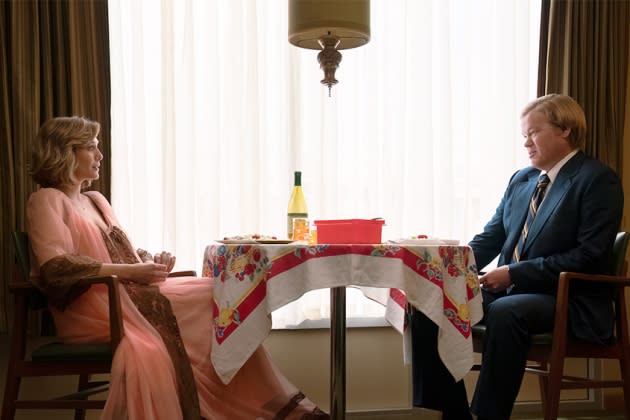
Max’s “Love & Death” revived 1970s Texas suburbia through the direction of the show’s costume designer, Audrey Fisher, and production designer, Suzuki Ingerslev.
The limited series tells the true story of the murder of Betty Gore (Lily Rabe) by Candy Montgomery (Elizabeth Olsen) after Betty discovered that Candy was having an affair with her husband, Allan Gore (Jesse Plemons). The story made headlines through Candy’s sensational trial.
More from Variety
The designers sourced products from all over the country and enlisted help from costume warehouses, rag houses, thrift stores, antique shops, tile manufacturers, wallpaper printers and Facebook Marketplace.
Here, Ingerslev and Fisher break down some of the looks for Variety.
Ingerslev: I glorified it a little bit without making it too precious. Our point of storytelling is to make sure that people know what period they’re in. There are key elements that are always going to trigger that. You have a little artistic license to play with it and have fun with it. For me, it’s the sets, the wallpaper, the tchotchkes that everybody recognizes but when you throw in the cars and the clothing, you’re there.
Fisher: I remember my mom wearing certain clothes or I remember wearing them. Some of the best research is family photos; Suzuki shared photos with me and I pulled from my childhood photos, school portraits and shots from family life.
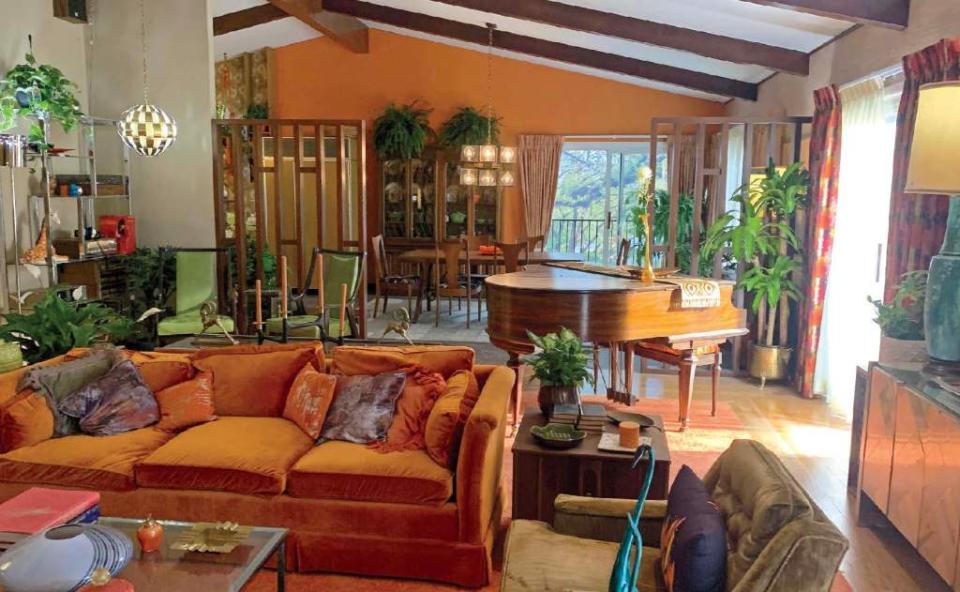
The First Rendezvous
Ingerslev: Candy chooses the first hotel they begin their affair in, and I really wanted it to feel like you’d bring your family there. So we ended up redoing that hotel and then we built the interior. I wanted that [second] hotel to feel sleazy, and nothing feels sleazier than a velvet bedspread and flocked wallpaper. I made it feel a little more sinister as the relationship is going on, and as they’re experimenting sexually, they become freer.
Fisher: The lingerie follows an arc. She starts in this incredible fairytale sort-of-sex-kitten [garment]. It’s extremely feminine but also very demure. As the affair continues and they start to get more comfortable with each other, we wanted it to symbolize that Candy is feeling comfortable and confident. Then her lingerie gets a little more streamlined, more simple and more revealing.
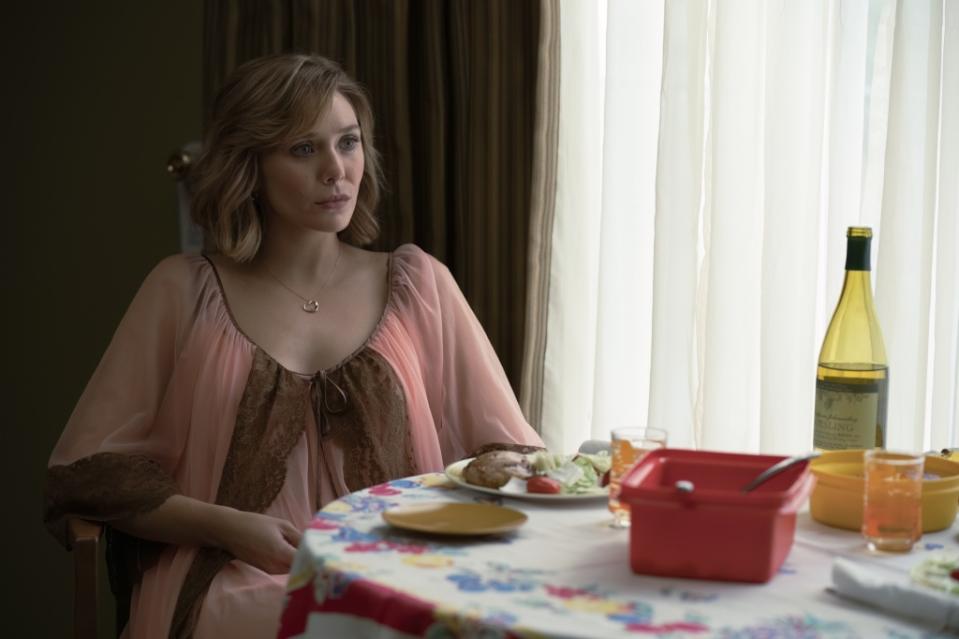
Candy vs. Betty
Ingerslev: Candy’s a hip interior designer — she’s the perky happy one and living her best life, you think at the time. I wanted her kitchen to be earth tones, oranges, reds and yellows because she’s a happy person. I wanted Betty to be more in the blues and use the older, darker furniture. The ceilings are lower, a little more religiously nuanced. I called her the more “Sears shopper.” Everything’s matchy-matchy.
Fisher: When we did our presentation for HBO, Suzuki pulled out some little color palettes to reference the two families. Those color palettes show everything. Candy’s home is warm, it’s rich. The color palette for Betty’s home is a little cooler, a little darker. With Candy, I leaned a lot into my favorite color on her, that rich pink. I felt she was the one who could carry that in this little town. She was the outlier. Yes, she’s part of the church but for her, it’s more of a social system that she’s plugged into. Whereas for Betty, she was raised very seriously as a Methodist and that’s her personality, that’s her commitment.
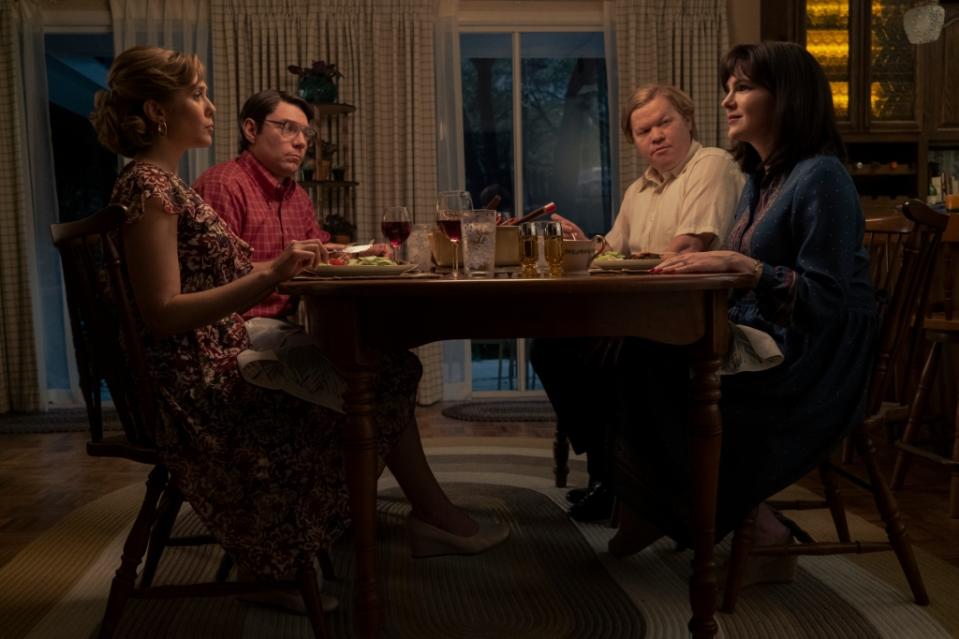
Creating the Crime Scene
Ingerslev: The materials were scarce. We called different states and shipped in stuff. The yellow tile in the bathroom was impossible to find. I went to Astek [wall covering retailer] in Van Nuys and the office had vintage authentic wallpaper books there. They had big printing machines that were the size of a small tractor, and he printed all the linoleum floors and wallpaper there. Some of those designs had not been seen in 50 years.
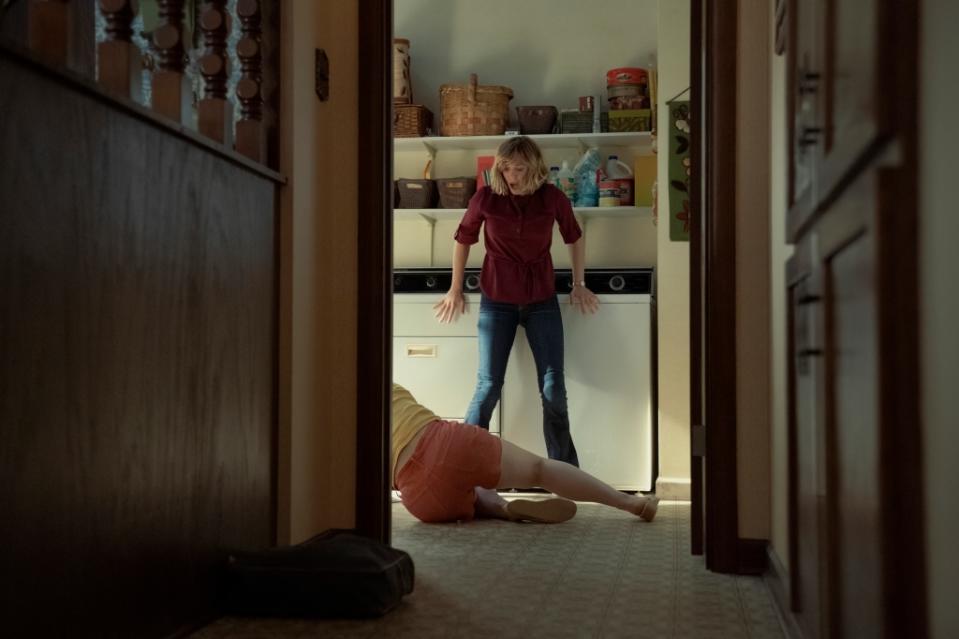
The Trial
Fisher: I was really riffing from research from the local news channels that covered the trial. As we get into the trial, I toned down Candy’s colors quite a bit, because she was told by her lawyer that she needed to take it down a notch. She had to lose weight and wear clothes that were much more demure to make her look like a harmless, vulnerable housewife who could never do such a horrible thing. So she needed to step it down and get into that more housewife, modesty, churchgoing, upstanding, fine young woman look.
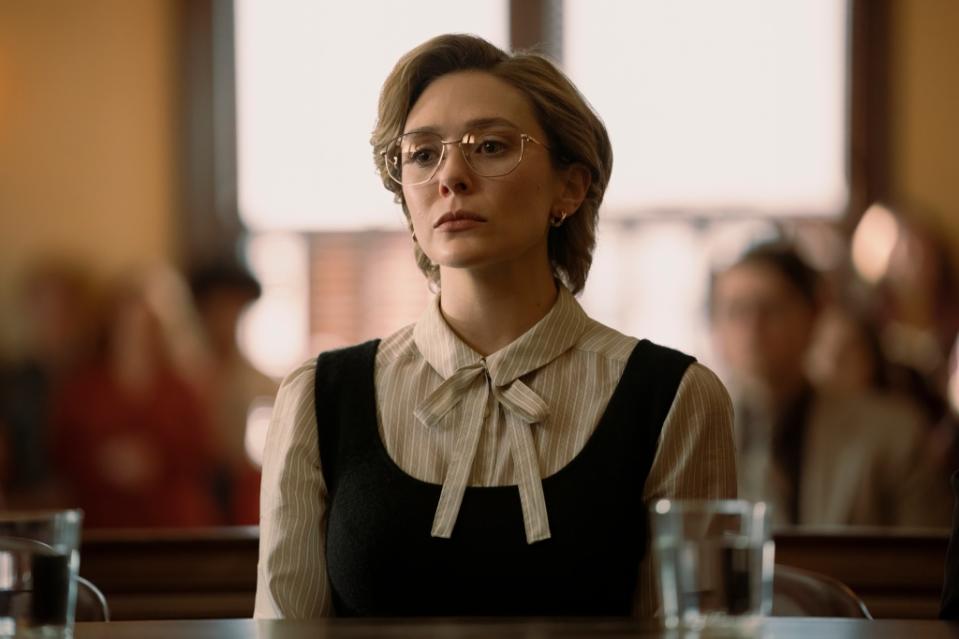
Sign up for Variety’s Newsletter. For the latest news, follow us on Facebook, Twitter, and Instagram.

